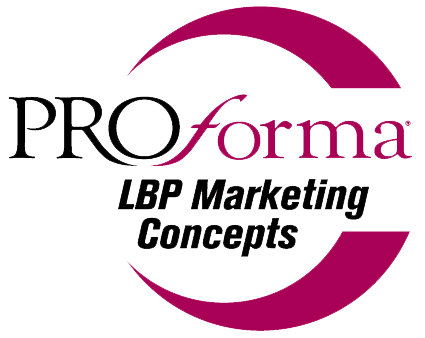Missed Google I/O? Wondering how it impacts search? We got you! - SNYCU 235
- Read original article here

Cindy Krum recently did a presentation about Google’s MUM multi-modal search and understanding model at SEMrush Summer Jam. In case you missed the presentation, we recommend showing Cindy some love and watching the presentation!
The odds are better than not that Google will rewrite your meta description no matter how perfectly you optimize them!
Sometimes this can be for the best, but as Kristina points out, there are also many examples where it’s not — cases where legal information is present in the SERP, or copy that doesn’t suit the page quite right, or perhaps the meta description is rewritten to something that directly answers the query in a way that is actually killing your click-through rate!
The data-nosnippet HTML tag can come in really handy here — wrap it around the copy you don’t want to appear, and this text will not be eligible to appear in the meta description beneath your page title in the SERP.
Google organic traffic loss is not always the result of an organicrankingdecline. It could be that a SERP feature change has shaken up the landscape for the query or queries in question, affecting click-through by pushing organic results further down the SERP. It’s also possible you’re actually appearing in the SERP feature but the click-through is significantly impacted. The picture becomes even more dynamic when you consider that features may vary depending on device type.
Aleyda points out that filtering GSC data by device type, and using tools such as Semrush to monitor changes in SERP features over time, are your best bets for making heads or tails of a situation where you notice a loss in clicks and click-through rate but no drop in ranking position. We would also recommend referencingBrodie Clark’s archive of SERP feature changesto pinpoint specific dates of known updates by Google.
We all know that links are super important when it comes to SEO. The real question is how do you keep earning these high-quality links? There isn’t just one approach. In fact, according to this article by Amanda Millligan on Moz, you may want to consider employing or “stacking” several.
Passive link earning: These are links that your content naturally picks up over time without the need for heavy promotion. Essentially, they carry their own weight. Targeted link earning: These are links that are acquired by doing tailored outreach to other publications in order to get a link back to your own content. For instance, if you created a great piece of content and wanted to elevate it by having others link to it. Site authority link earning: These are links which you can achieve by being perceived as an authoritative source. The more authoritative you are, the more people will link to you which in turn can elevate your content. Niche link earning: These links are similar to the above but earn links within a specific niche with greater relevance. After all, earning a link is great but, earning a link relevant to your niche is much more valuable.
According to Amanda, these are all viable strategies but, if you want a well-rounded program, you may consider all of them. Read thearticleon Moz for more insights!
We often recommend HARO as a means for clients to acquire natural links. If you’re unfamiliar with HARO, it’s a free service (although there is a paid-for version available as well) that you can use where journalists seek out a source (i.e. you) and you could get a link back for your expertise.
Be sure to check out the thread by Daniel first before taking the plunge. We agree with every one of these points!

